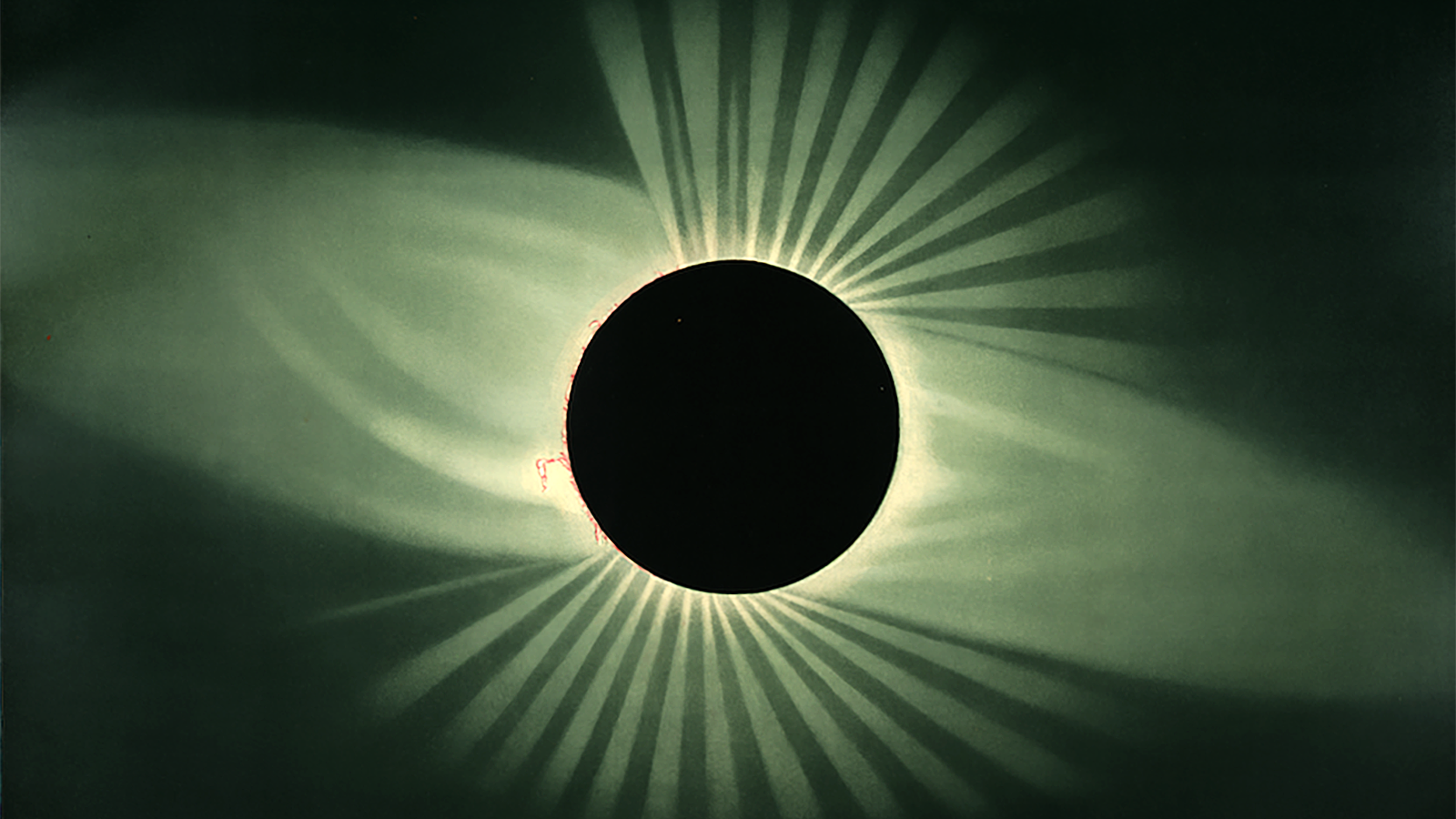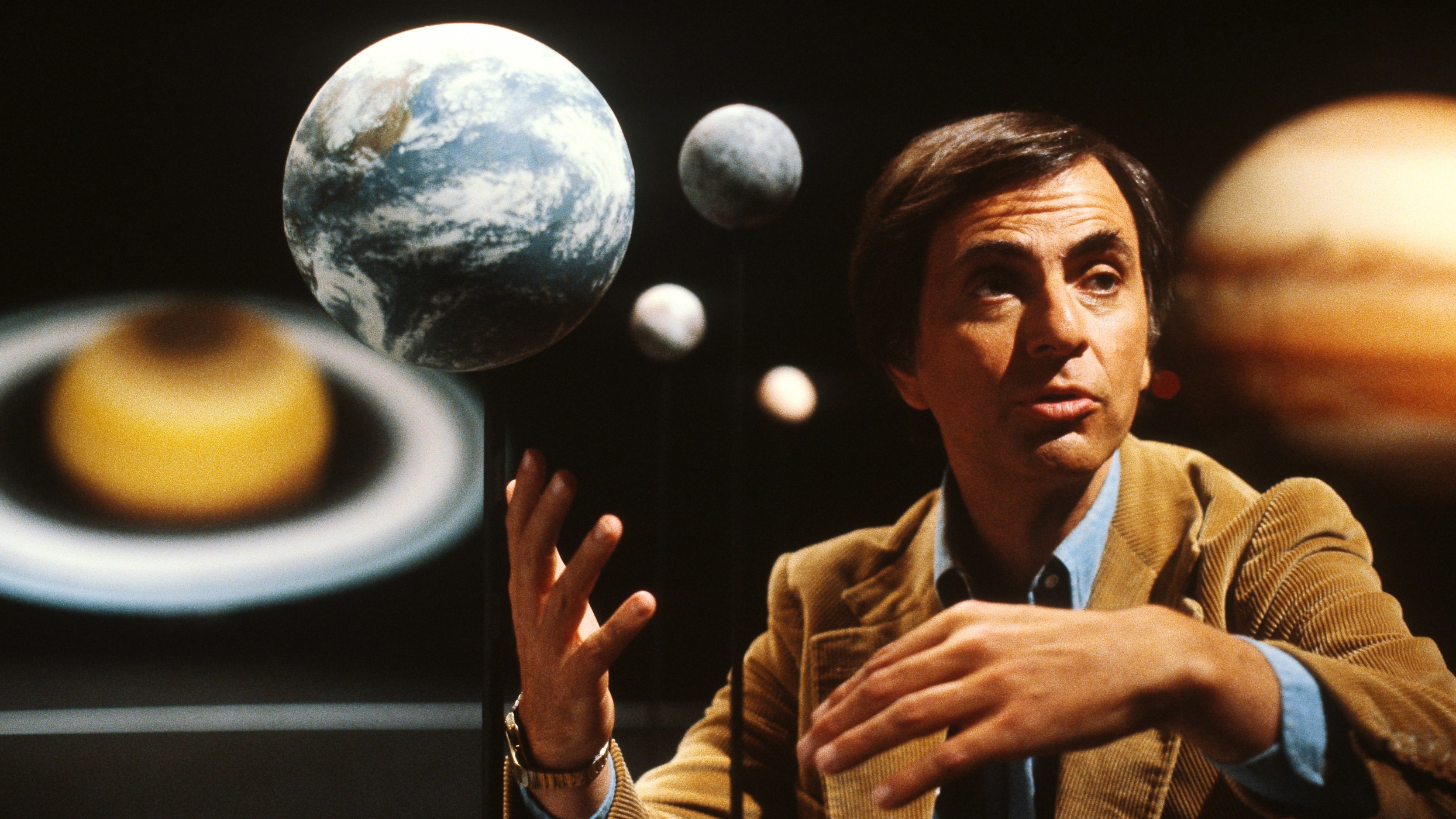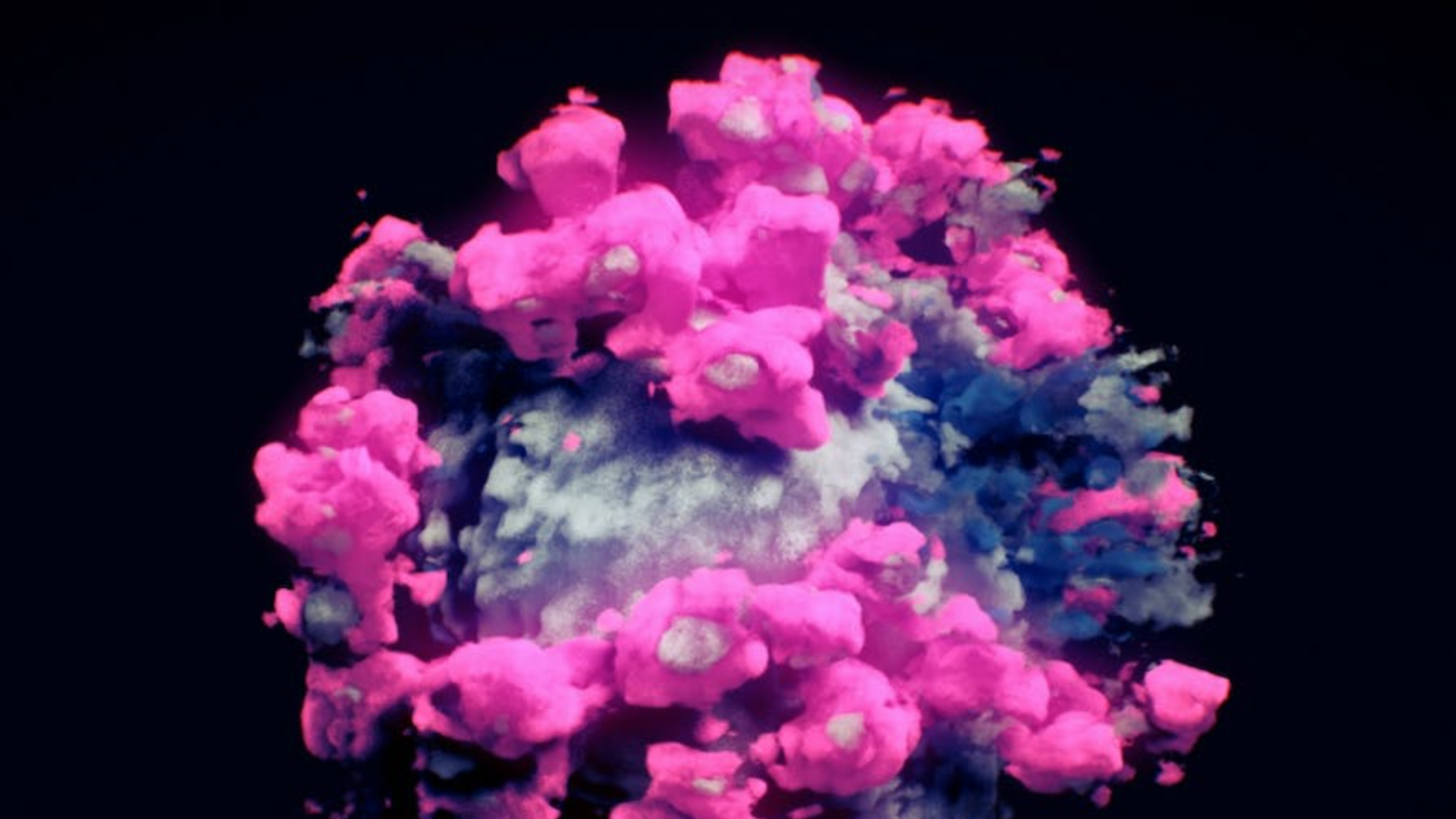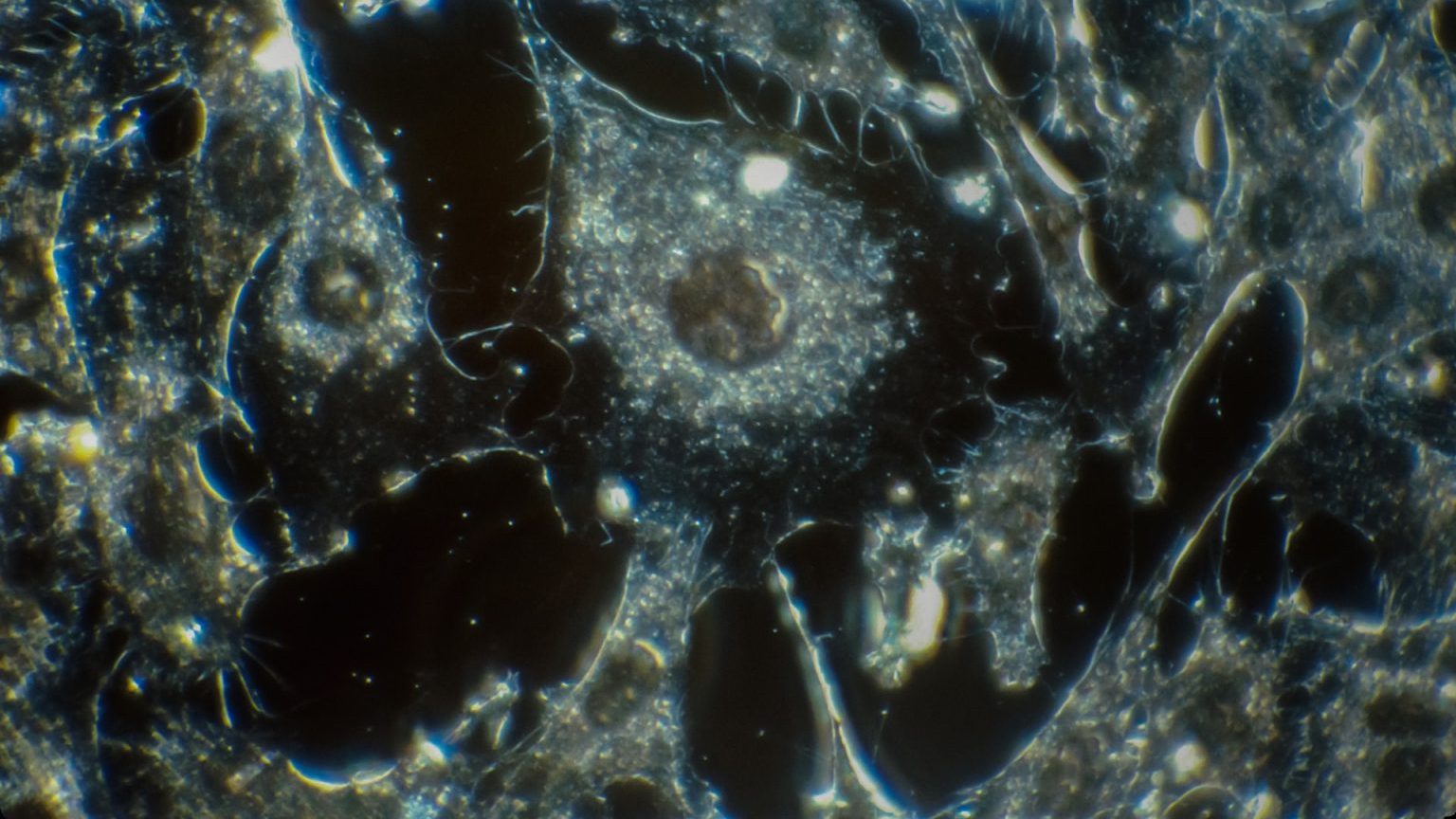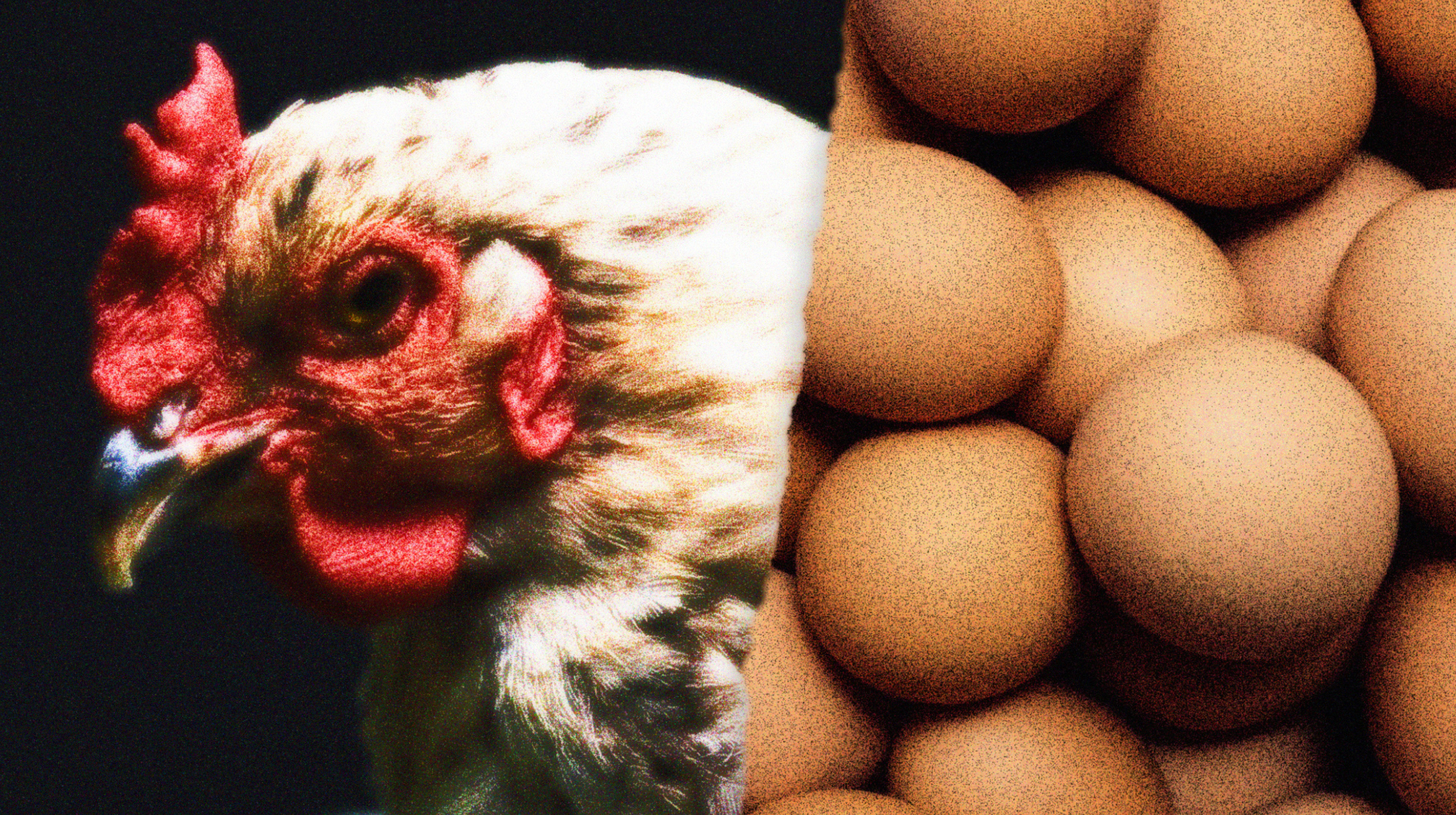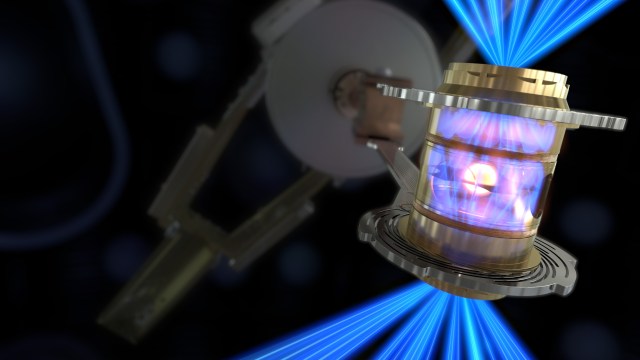How a single human cell connects us to the spiritual essence of Carl Sagan’s cosmos
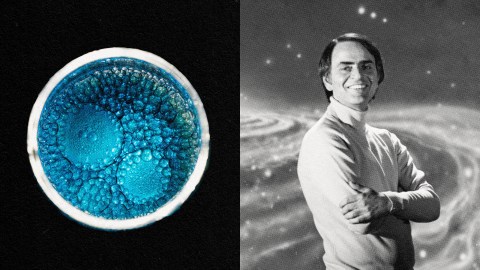
- Life is built from cells, and the study of animal embryos has helped us understand how humans come into existence.
- Embryonic development can alter our perception of time: Dramatic changes can occur in the span of hours but embryo “designs” have been worked out over hundreds of millions of years.
- All humans begin as a single cell — a source of wonder and shared connection.
Bob Vonderheide, a friend and colleague who studies cancer and immunology, teases me for having once remarked, “You are a developmental biologist, Bob, you just don’t know it.”
My lighthearted statement was a throwback to the notion that almost all fields of biomedical research — cell biology, genetics, physiology, immunology, cancer biology, neuroscience — have their roots in the study of embryonic development. Theodosius Dobzhansky, the Ukrainian-born biologist who helped unify evolutionary biology and genetics, is most famous for stating, “Nothing in biology makes sense except in the light of evolution.” But he could just as easily have asserted that nothing in biology makes sense except in the light of development. Embryogenesis is as central to the body’s operations as a building’s architectural designs and assembly are to its flow and structural integrity.
Nearly two centuries have passed since we realized that life is built from cells, and embryos have been among our best teachers and guides ever since. Sea urchin blastomeres (the cells of the early embryo) and fly larvae gave us a road map for understanding the mechanics of heredity, while a command of mouse embryology provided an entry point for modeling human diseases and mastering the alchemy of reprogramming. Thanks to the teachings of these diverse animal species, we have a much clearer picture of how we humans come into existence.
Still, there is much we don’t know. Some of the most basic questions — What controls an organ’s shape and size? What determines life span? How does development foster consciousness? — remain confined to the land of night science. Although the answers to these questions may elude us for some time, we can use what we have already learned to develop new therapies. We have seen a sampling of these remedies — cell therapies for cancer and degenerative diseases, DNA editing to correct inborn genetic errors, novel reproductive technologies — but the biggest breakthroughs to come will probably be the ones we haven’t yet conceived of.
Embryonic development has the effect of changing your perception of time. In our day-to-day (postnatal) lives, change comes slowly. The transitions our bodies make as we mature from toddlers to young adults and from young adults to old adults are subtle, recognizable only if we look for them across the span of months or years. But during development, things happen quickly. Dramatic changes can occur in the span of hours. In less than a day, a sheet of cells may roll itself into a tube, or an organ may “bud” like a seedling erupting from the ground. And yet, the embryo also embodies a greatly protracted timescale, as it reflects “designs” worked out over hundreds of millions of years. Observing an embryo mature is like viewing two sets of overlapping time-lapse images at once — one developmental and one evolutionary — intersecting in the present. It is a backstage peek at nature’s grandest production.
As cosmologist Carl Sagan asserted, “Science is not only compatible with spirituality; it is a profound source of spirituality.”
Despite working with embryos for more than 20 years, I still have no answer to the question that stumped Aristotle and drove developmental biologist Hans Driesch to the paranormal: What life force, or entelechy, compels the inanimate substances surrounding us to self-assemble into cells, embryos, tissues, and bodies? At an intellectual level, it is easy enough to view it all as a matter of chemistry, an assortment of organic reactions, each governed by a thermodynamic calculation taking the reactants to a lower energy state. But at a gut level, this remains unsatisfactory. It is something the mind can know but not comprehend, like the near impossibility of perceiving that there are more stars in the universe than grains of sands on earth.
As cosmologist Carl Sagan asserted, “Science is not only compatible with spirituality; it is a profound source of spirituality.” He was right. Most parents will tell you that there is no experience in life as transcendent as the birth of a child, with its mix of jubilation, humility, and awe. This was certainly the case for me. And yet my sense of wonderment — my spirituality — has only grown as my understanding of embryonic development has ripened.
As human beings, we tend to focus on our differences, which too easily blind us to our far-more-abundant similarities. That we all began unpretentiously, as a single cell, should be a source of solidarity, a reminder of our deep and irrevocable connections. Viewed from this vantage point, and embracing our shared origin, it is much easier to celebrate, rather than disparage, our differences.
“Every one of us is, in the cosmic perspective, precious,” Sagan reminds us. “If a human disagrees with you, let him live. In a hundred billion galaxies, you will not find another.”
